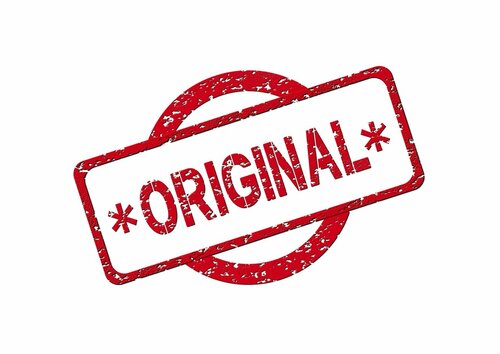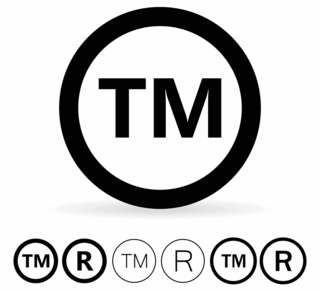Trademark vs. Copyright: How to Safeguard Your Artistic World
Trademarks and Copyrights Within the Realm of Art:
Understanding the differences between trademarks and copyrights is crucial, particularly for artists navigating the complex intellectual property landscape. While copyrights automatically protect original creative works, trademarks serve as distinctive identifiers of goods and services, enabling consumers to distinguish between different entities in the marketplace.
A trademark, often referred to as a "brand" or "logo," encompasses various elements such as words, names, symbols, and logos. These elements differentiate the offerings of one business or individual from those of others. For instance, consider the famous Nike swoosh or the golden arches of McDonald's. These iconic trademarks have become synonymous with their respective companies and instantly convey a brand's identity to consumers.
The primary objective of a trademark is to ensure that the public can quickly identify a particular product or service associated with a specific person or business, setting it apart from similar offerings provided by competitors.Moreover, trademarks are not limited to tangible goods alone; they extend to services, such as professional services or entertainment experiences

By establishing a strong trademark, a company or individual protects their goods and services and safeguards the reputation and goodwill associated with their brand.
In art, trademarks can play a significant role, mainly when artists develop distinctive styles, characters, or visual elements associated with their work. Registering a trademark provides legal protection and exclusive rights to use that mark in connection with specific goods or services.
For example, an artist may trademark their signature logo or a unique symbol that consistently appears in their artwork. In addition, registering a trademark ensures that others cannot imitate or use those marks in a way that may cause confusion among consumers or dilute the artist's brand.
While trademark registration is not obligatory, it is highly advisable for artists and businesses seeking enhanced protection in cases where copyright doesnt cover the situation.
Registering a trademark in New Zealand grants the owner exclusive rights to use the mark for ten years, with the opportunity to renew the registration at the end of each ten years. This was something that bothered me when I trademarked my 'Boozehag name for the range of artworks' and merchandise I was producing at the time. Ten years went very fast and I found I was only covered for the name in New Zealand and would have to pay many thousands more to register it internationally.

In addition, registering a trademark provides several advantages, including the ability to use the ® symbol, which indicates that the mark is officially registered and offers additional legal protections.
On the other hand, copyrights automatically protect original creative works from the moment of their creation. As an artist, your paintings, sculptures, photographs, and artistic designs are granted copyright protection without requiring formal registration or application. This protection extends to both published and unpublished works. It presents the copyright holder exclusive rights to reproduce, distribute, display, and modify their creations.
Although copyrights are built-in, artists should include a copyright notice on their works to assert their rights and deter potential infringement. The information typically consists of the symbol ©, the year of creation, and the name of the copyright owner.
For instance, © 2023, Your Name. This simple notice helps inform others that the work is protected and that permission must be obtained for any use beyond what is permitted by copyright law, such as reproduction or public display.
While copyrights safeguard the tangible expression of an artistic work, trademarks protect the distinct branding elements associated with the artist or their creations. Artists need to recognise that these two forms of intellectual property operate in different realms, each with its own legal principles and considerations.
At the End of the Day
understanding the difference between trademarks and copyrights empowers artists to navigate the realm of intellectual property effectively.
While copyrights automatically safeguard creative works, trademarks serve as distinctive identifiers, protecting the branding elements associated with an artist's or business's goods and services. By leveraging the appropriate forms of protection, artists can secure their artistic creations and brand identity, ensuring the continued recognition and preservation of their artistic legacy.
Posted: Tuesday 16 March 2010
